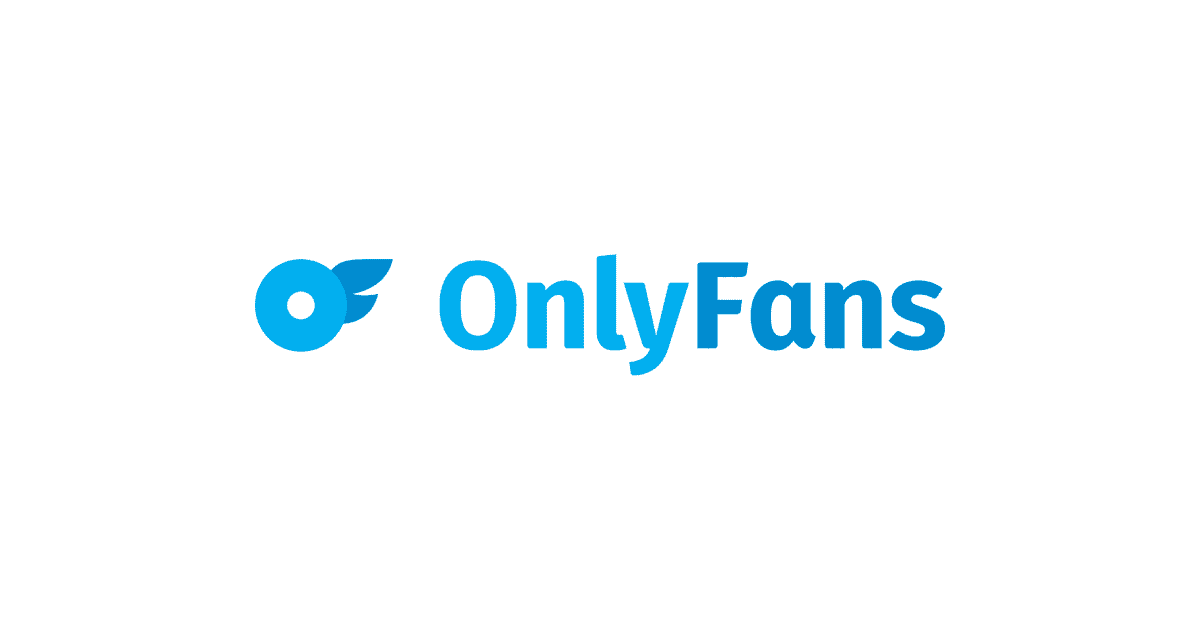OnlyFans Leaks: Navigating the Legal Landscape

In recent years, OnlyFans has emerged as a popular platform where creators can share exclusive content with their subscribers for a fee. While many see OnlyFans as a legitimate way to monetize their content, the platform has also faced significant challenges, particularly around the issue of content leaks. Phrases like "OnlyFans leaks," "Free OnlyFans Leaks," and "OnlyFans leaked videos" have become common search terms, reflecting a growing interest in accessing this content without paying. However, these leaks present serious legal, ethical, and security concerns that both creators and consumers need to understand.
What Are OnlyFans Leaks?
OnlyFans leaks refer to the unauthorized distribution of content originally intended to be exclusive to paying subscribers on the platform. This content, which often includes photos, videos, and other media, is shared without the creator's consent, usually on various websites, forums, and social media platforms. The leaked content can range from tame images to explicit adult material, depending on what the creator produces.
The allure of "free OnlyFans leaks" is clear: people want access to content without having to pay for it. However, the impact of these leaks extends far beyond the loss of revenue for creators. It also raises significant privacy issues, legal ramifications, and ethical concerns.
The Legal and Ethical Implications
Accessing and distributing leaked OnlyFans content is illegal in many jurisdictions. Copyright laws protect the intellectual property of creators, and unauthorized distribution of their content constitutes a violation of these laws. In some cases, it could also be considered theft of services or even cybercrime.
Creators who find their content leaked can pursue legal action against those responsible for the distribution. However, identifying the perpetrators can be challenging, as leaks often spread quickly across multiple platforms, sometimes anonymously. Despite these challenges, creators are increasingly taking steps to protect their rights, including issuing Digital Millennium Copyright Act (DMCA) takedown notices and pursuing legal cases.
Beyond the legalities, there is an ethical dimension to consider. Leaking or consuming leaked OnlyFans content is a violation of the trust and agreements between creators and their subscribers. OnlyFans is built on a direct relationship between creators and fans, where fans pay for the privilege of accessing exclusive content. By bypassing this arrangement, those who seek out or distribute leaked content undermine the very model that allows creators to earn a living.
The Impact on Creators
The impact of OnlyFans leaks on creators can be devastating. Financially, leaks can result in a significant loss of income, as potential subscribers may choose to seek out free versions of the content rather than paying for it. This not only hurts the creator's bottom line but also devalues the work and effort they put into producing their content.
Emotionally and psychologically, the effects can be even more severe. Many creators feel violated and betrayed when their content is leaked. They may experience anxiety, stress, and a sense of loss of control over their own image and work. For some, the exposure can lead to harassment, stalking, or other forms of online abuse.
Furthermore, leaks can damage a creator's reputation. If explicit content is leaked without their consent, it can affect their personal and professional lives. In some cases, the leaked content can be misused or altered, leading to misinformation and further harm to the creator.
The Role of Technology in Preventing Leaks
OnlyFans and other content-sharing platforms are constantly evolving their technology to protect creators and prevent leaks. These measures include watermarking content, using AI to detect and take down leaked material, and implementing stricter security protocols to safeguard user data.
Watermarking is one of the most common methods used to prevent leaks. By embedding the creator's username or other identifying information into the content, it becomes easier to trace the source of a leak and take appropriate action. However, determined individuals can still find ways to remove watermarks or bypass these protections.
Another approach is the use of AI and machine learning to monitor the internet for leaked content. These technologies can quickly identify and flag unauthorized uploads, allowing platforms to issue takedown notices or remove the content altogether. While not foolproof, this method can significantly reduce the spread of leaked material.
Consumer Responsibility and Ethical Consumption
As consumers, it's essential to recognize the value of ethical consumption, especially when it comes to digital content. Supporting creators on platforms like OnlyFans means respecting the boundaries and agreements they set with their subscribers. By choosing to pay for content rather than seeking out leaked versions, consumers can help ensure that creators are fairly compensated for their work.
Moreover, it's important to be aware of the broader implications of participating in or supporting the distribution of leaked content. Not only does it harm creators financially and emotionally, but it also contributes to a culture of disrespect and exploitation that can have far-reaching consequences.
Conclusion
The issue of OnlyFans leaks is a complex and multifaceted problem that affects creators, consumers, and the broader digital landscape. While the temptation to seek out "free OnlyFans leaks" or "OnlyFans leaked videos" may be strong, it's crucial to consider the legal, ethical, and personal ramifications of such actions.
For creators, the fight against leaks is ongoing, requiring a combination of legal action, technological innovation, and community support. For consumers, the responsibility lies in making ethical choices and supporting creators through legitimate channels.
In the end, the solution to OnlyFans leaks doesn't just lie in stricter laws or better technology—it also depends on a cultural shift towards respecting and valuing digital content and the people who create it.